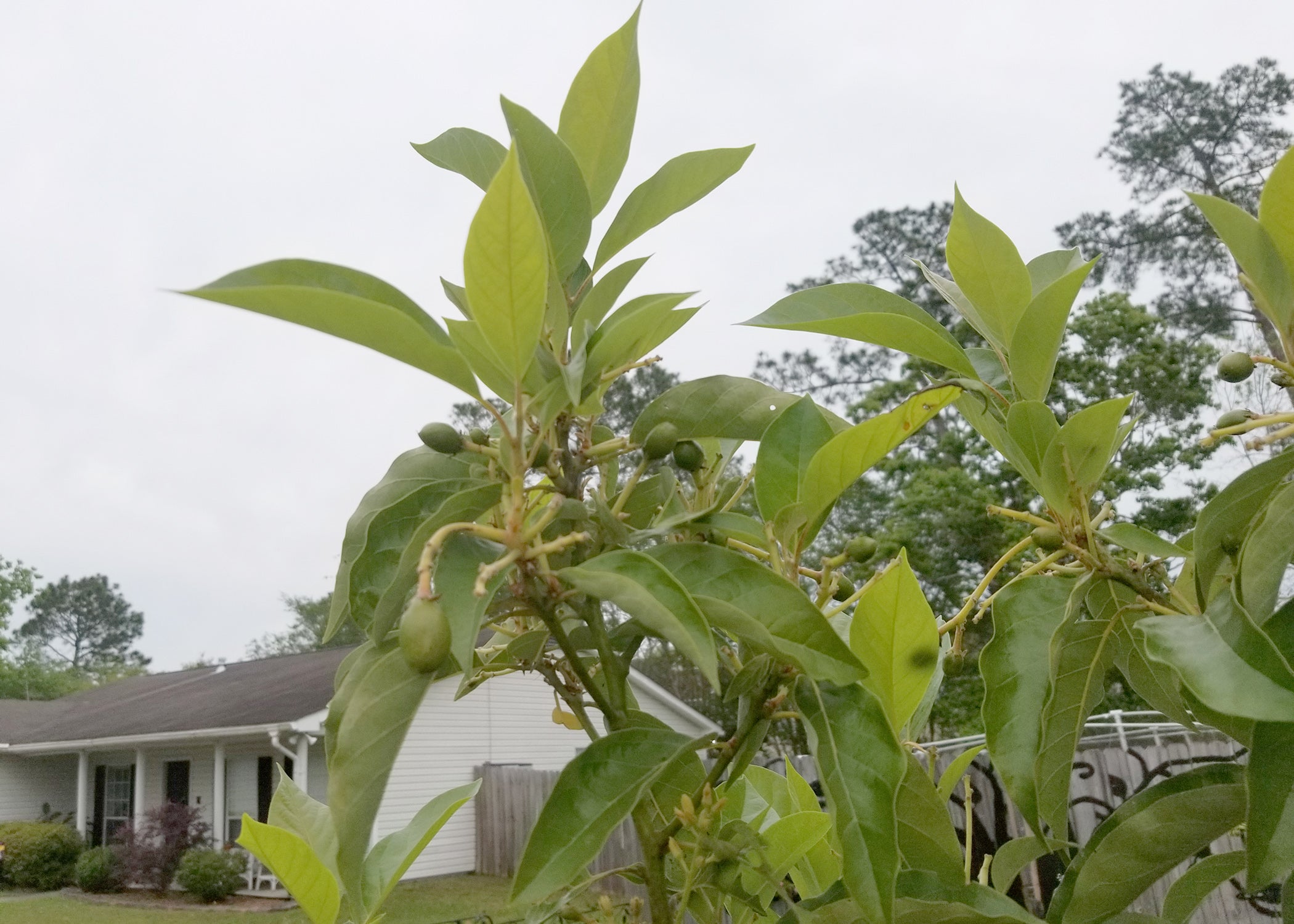Avacados can produce in Mississippi gardens
Published 12:26 pm Friday, May 28, 2021
By Gary R. Bachman
MSU Extension Service
Here’s a little ditty ‘bout Joey and Lila: two cold-hardy avacados growing up in the heartland. Lila was doing OK in my Ocean Springs yard, but I introduced Joey to bring the thrill of living.
With apologies to John Mellencamp’s “Jack and Diane,” avocados have been one of the most interesting additions I’ve made over the past few years to my Heritage Cottage Urban Nano Farm.
I’ve had the opportunity to visit avocado growers in California and Florida, and I have marveled at all the guacamole growing on those trees.
I knew that even the Mississippi Gulf Coast’s environment wasn’t suitable to grow commercial varieties like the popular, bumpy-skinned Haas (Guatemala) and smooth-skinned (West Indies) avocados. Temperatures of 25 to 28 degrees in the winter are just a little too cold for these varieties to produce fruit.
But since then, I learned about cold-hardy avocados, and that was a game changer. These avocados are of Mexican origin and cold hardy to about 15 degrees.
I grow my cold-hardy avocados in big containers like I use for my citrus trees, but this cold hardiness means we should be able to grow — fingers crossed — these avocados in the ground through zone 8.
The first avocado I planted in 2019 was the selection Lila, a grafted, semidwarf selection that reaches about 10 feet tall. Lila started producing fruit last year, but I thought the production wasn’t as good as it could be.
So, being silly and thinking that Lila needed a boyfriend, I bought another cold-hardy avocado selection named Joey. I did this without doing any research into the issue, and it turned out to be a bit prophetic.
You see, avocados produce flowers having both male and female parts, but they don’t function at the same time. The flowering occurs over two days. On day one, the flowers open female, ready to be pollinated, and then they close. On day two, the flowers open male, shed pollen and close again.
This sequence can be an issue when producing avocado fruit. While a single tree can self-pollinate and produce some fruit, it is a difficult process as the male and female flowers are not open at the same time.
Mother Nature provided the solution to this pollination conundrum, as avocados have two pollination types: A and B. Type A plants have female flowers in the morning of day one and male flowers in the afternoon of day 2. Type B plants have female flowers in the afternoon of day one and male flowers in the morning of day two.
Having both Type A and Type B avocado trees in your garden or landscape will improve pollination rates and may end up generating more fruit production.
So, my thinking that my Lila avocado needed a boyfriend was part intuitive and part just plain lucky. You see, my Lila is a pollination Type A tree and boyfriend Joey is a pollination Type B tree. I’m expecting Lila and Joey to be very fruitful in future seasons.
Avocado trees are becoming more readily available in the fall when independent garden centers stock their citrus trees. If you are intrigued by my experience or just like guacamole a whole lot, be sure to look for avocados this fall.



